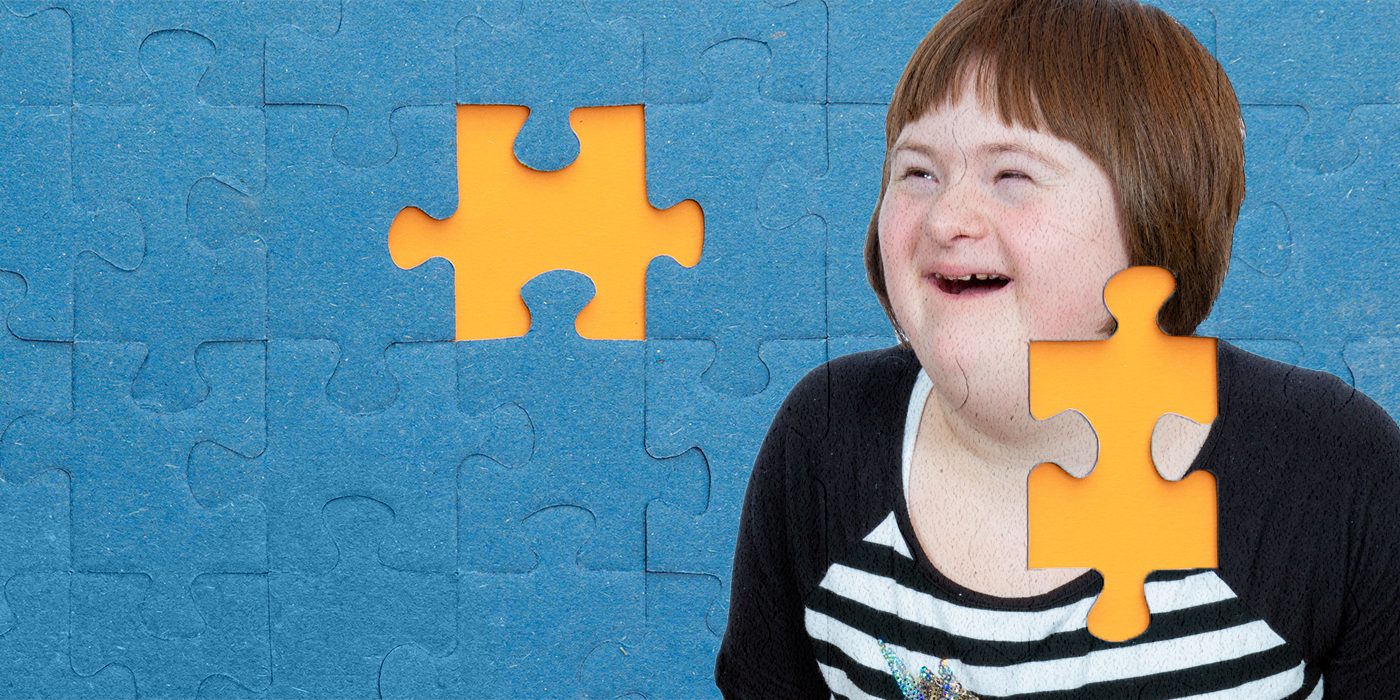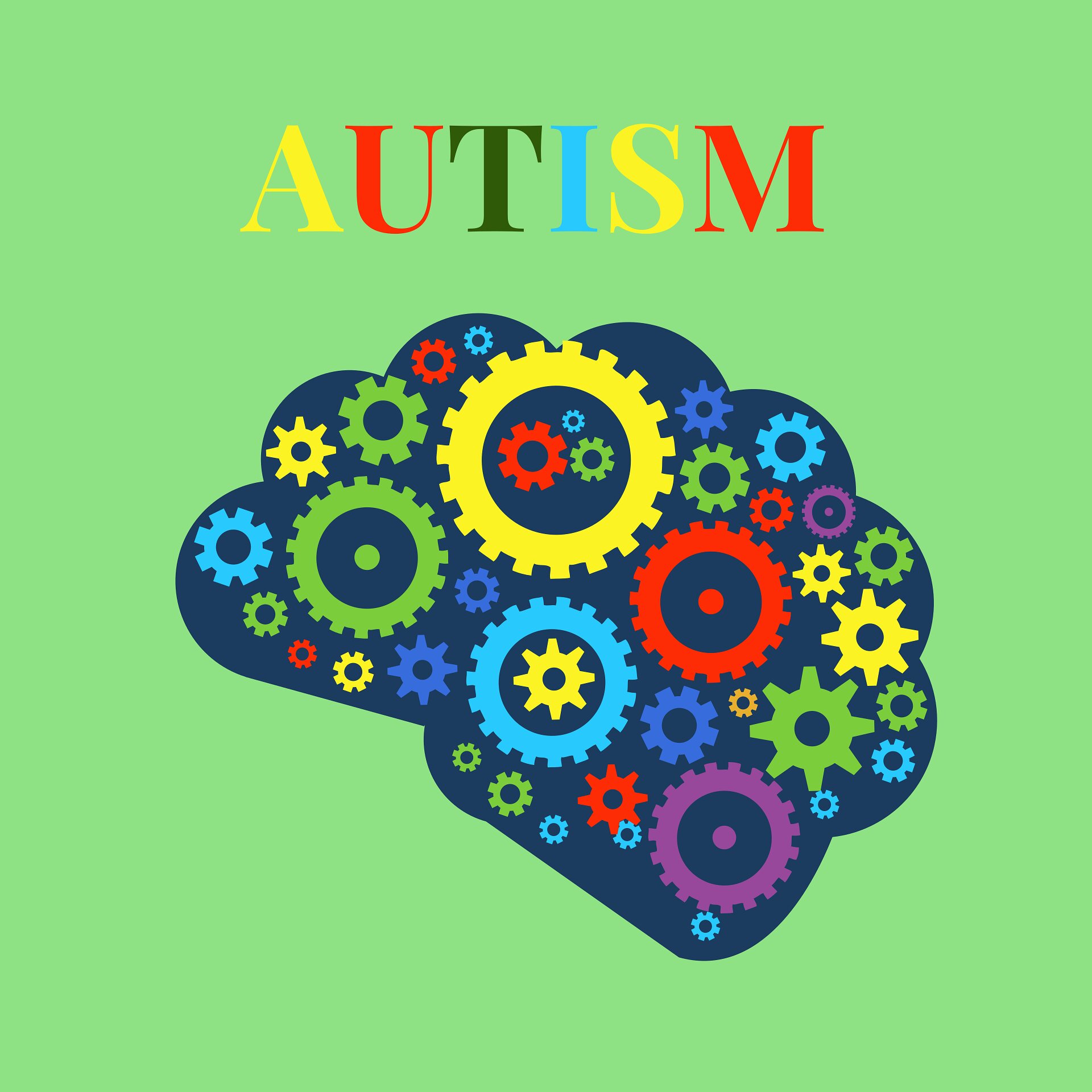How to Create an Inclusive Environment for Buddies and Household with Autism
How to Create an Inclusive Environment for Buddies and Household with Autism
Blog Article
Checking Out Autism: Methods for Effective Communication and Communication
Effective interaction and communication with people on the autism range necessitate a comprehensive understanding of their one-of-a-kind requirements and choices. The ins and outs of these techniques reveal additional considerations that merit expedition, especially in exactly how they can be adapted to private experiences and varied contexts.
Comprehending Autism Range Disorder
Autism Range Problem (ASD) includes a series of neurodevelopmental conditions identified by difficulties in social communication, communication, and repeated actions. The term "spectrum" shows the varied manifestations and differing levels of seriousness experienced by people with ASD. While some might show considerable problems, others might display high-functioning attributes, permitting higher freedom in day-to-day live.
The beginning of ASD generally happens in very early childhood years, with signs typically recognizable by age two. Early indicators may include delayed speech growth, minimal eye call, and problems in recognizing social hints. The specific etiology of ASD continues to be vague, study suggests a combination of ecological and hereditary variables plays a critical role in its development.
As a result, interventions and assistance tailored to specific needs are necessary for cultivating interaction and social skills. Recognizing the intricacy of ASD is vital for advertising understanding, acceptance, and reliable techniques that facilitate significant interactions with people on the spectrum.

Relevance of Clear Interaction
Efficient communication is vital for promoting understanding and connection, particularly for people with Autism Range Condition (ASD) Clear communication not just assists in social interactions yet likewise enhances the individual's capacity to share their thoughts, needs, and feelings. For people with ASD, the subtleties of language can typically be challenging; for that reason, making use of uncomplicated and unambiguous language is necessary.
In addition, clear communication aids minimize disappointment and anxiety that might arise from misunderstandings. When messages are communicated in a consistent and straight manner, individuals with ASD are much better geared up to translate details precisely, which can significantly boost their social engagement and involvement in numerous settings.
Developing routines and making use of visual assistances can better reinforce clear interaction. These strategies give individuals with predictable structures that assist comprehension and retention of info. In addition, actively paying attention and being client throughout communications advertises a supportive atmosphere where individuals with ASD really feel valued and understood.
Eventually, prioritizing clear interaction not just empowers individuals with ASD however additionally fosters more significant links with their peers, caretakers, and the bigger community, paving the way for collaborative relationships and inclusive interactions. - autism
Non-Verbal Communication Strategies
Interaction extends beyond words, and for people with Autism Range Problem (ASD), non-verbal signs play a considerable function in interactions. Non-verbal communication methods can include faces, gestures, body language, and eye get in touch with, every one of which offer as essential parts for sharing purposes and emotions.
Comprehending and translating these non-verbal signals can improve interactions with individuals with ASD. A warm smile or open stance can develop an inviting environment, encouraging engagement. Similarly, making use of aesthetic aids-- such as picture cards or icons-- can link interaction spaces and assist convey messages more effectively.
It is additionally vital to be conscious of personal room, as people with ASD may have various comfort degrees pertaining to distance. Observing their reactions to physical distance can inform ideal modifications.

Creating Supportive Settings
Producing a supportive setting is crucial for cultivating positive communications and improving the well-being of people with Autism Spectrum Condition (ASD) Such atmospheres can considerably reduce anxiousness and develop a sense of safety, permitting look at this website individuals to share themselves much more openly.
To accomplish this, it is important to consider sensory level of sensitivities that individuals with ASD might experience. Customizing the physical room to include soft lights, very little background noise, and comfy seating can develop a soothing ambience. Furthermore, using regular routines and clear visual timetables can help people anticipate shifts and lower unpredictability, further promoting convenience.
Social spaces must be structured to decrease overwhelming stimulations while giving chances for engagement in favored tasks. Helping with locations marked for quiet time can likewise act as a refuge during minutes of stress. Significantly, including elements of choice equips people, permitting them to exercise firm in their environment.

Motivating Social Interactions
Cultivating social interactions amongst individuals with Autism Range Condition (ASD) calls for deliberate approaches that prioritize convenience and engagement. Developing foreseeable routines can aid decrease anxiousness, making social settings much more friendly. Producing organized environments with specified duties and roles enables people to involve without the frustrating stress of unstructured social dynamics.
Including interests and staminas right into social tasks can act as a driver for interaction. Arranging group tasks around shared leisure find out activities or topics of fascination can help with all-natural discussions and links. In addition, utilizing visual supports, such as photographic timetables or social manuscripts, can assist in understanding social hints and assumptions.
Modeling ideal social actions is important - autism. Peers and grownups must show reliable interaction strategies, consisting of energetic listening and turn-taking. Role-playing circumstances can additionally give a secure room for people to exercise these abilities
Last but not least, cultivating peer partnerships with comprehensive methods is necessary. Urging comprehensive playdates or group getaways can develop chances for socialization in a comfortable setup. By applying these approaches, caretakers and teachers can considerably enhance social communications for individuals with ASD, promoting their total social advancement and well-being.
Verdict
To conclude, effective interaction and interaction approaches are vital for supporting individuals with Autism Range Condition. Emphasizing clear language, integrating non-verbal cues, and establishing foreseeable routines substantially enhance involvement and minimize anxiousness. Producing encouraging environments promotes secure social interactions, while motivating shared passions promotes meaningful links. Inevitably, these techniques equip people with autism to navigate social landscapes, promoting their general health and enabling the advancement of lasting connections.
Reliable interaction and communication with people on the autism range necessitate a comprehensive understanding of their distinct requirements and preferences. Clear interaction not just promotes social communications but also boosts the person's capacity to share their demands, feelings, and ideas.Fostering social interactions amongst people with Autism Spectrum Disorder (ASD) requires intentional techniques that prioritize comfort and engagement. By applying these approaches, caretakers and teachers can considerably boost social interactions for individuals with ASD, promoting their general social advancement and well-being.
In final thought, reliable communication and communication techniques are necessary for sustaining individuals with Autism Spectrum Problem.
Report this page